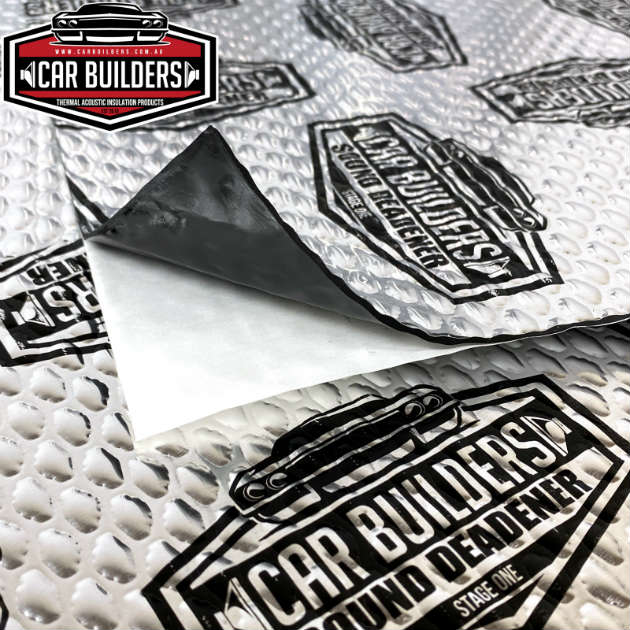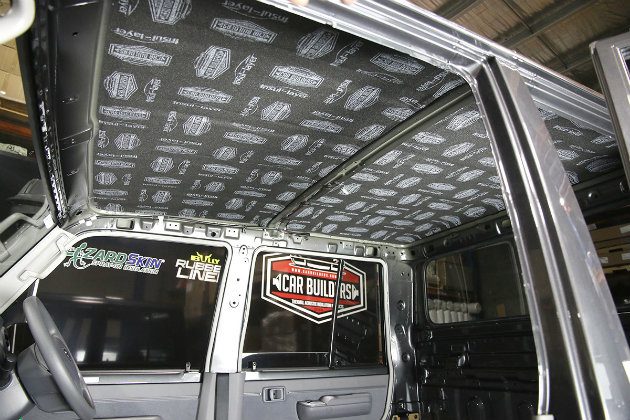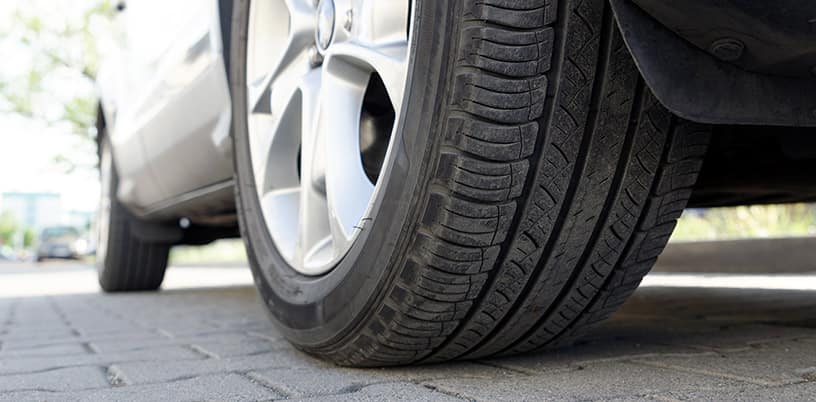There aren’t many things that are more enjoyable than listening to your favourite tune while driving around in your car. But sometimes, trying to listen to music when your car is making all that noise when moving along the road. The road noise, engine noise and noise from other vehicles can quickly ruin your experience. The panels used in most cars also resonate or vibrate, which can further ruin your experience.

If you’re looking for a fix to all of these issues, you’re probably looking at all the different sound car insulation options. While some vehicles come with sound dampening to some extent, it’s not as effective as soundproofing your vehicle completely by installing a sound deadener.
There are many brands and types of sound dampeners. Some of them are a type of foam padding, whereas others are reflective sprays and insulators. Some are available in the form of mats, whereas others come as panels or sheets. Different kinds of noise dampeners are used for different parts of car insulation. For example, mats are best used for floor insulation, whereas foam insulation sheets are most suitable for door insulation. The brand to choose will depend on which part of your car you want to soundproof, its effectiveness, size, and budget.

Regardless, it’s best to choose a combination of different materials in order to get the best results. Here are some of the different sound-deadening materials available today, and how they compare to one another:
- Insulation – This material is made of fibres, and is available in the form of thick panels that are designed to absorb noise. Furthermore, they can insulate your car against heat by reflecting it. Insulation panels are best suited for insulating doors and the roof of your car.
- Mats – These are designed to soundproof car panels, such as the doors and floor. Some mats are bulky, which is why they’re used for dampening the floor. These materials work by converting vibrations into heat and reducing resonance.
- Foam – This material is available as sheet or spray. It’s a lightweight option, ideal for doors. Sheet foam sound dampeners are laid over the panel and they absorb vibrations. Spray foam sound dampeners, on the other hand, are applied using a compressor can.
- Spray – While insulation and mats are great noise dampeners, they aren’t usable in tiny or hidden areas, in which case you should use sprays, as they can go through even the tiniest areas. Additionally, sprays are ideal for places where you don’t want to add too much extra weight, such as the door panels.
The areas you’ll have to soundproof are the doors, trunk, roof, floor, firewall and rear deck. The doors need to be soundproofed to reduce mechanical rattles, vibrations and wind noise. The floor needs to be soundproofed to reduce heat and road and drivetrain noise. The roof needs to be insulated against wind noise and heat. The firewall needs to be soundproofed to reduce engine noise, road noise and it needs to be insulated against heat. The rear deck needs to be soundproofed against vibrations and mechanical rattling.

But before you start applying sound-deadening materials, make sure you know how much you need to use, which depends on the amount of soundproofing you need, as well as on your budget. If budget isn’t a concern to you, then you can soundproof your entire car. Naturally, this will require more material. However, if you’re on a limited budget, you can just soundproof the main areas through which noise gets into your car the most. Whatever the case, make sure your floor, trunk and doors are covered for the best results.
Something else you can do to dampen your car’s sound is to get quieter tyres. Since your tyres are the only part of your vehicle in direct contact with the road, all of the vibration that finds its way to your vehicle has to go through them. Worn down tyres can make your car squeak when turning. The most important factor to pay attention to when shopping for quiet-running tyres is the size.

Low profile tyres are the worst for road noise. You want tyres that maximise the amount of rubber between the metal wheel and your car. Unfortunately, most cars nowadays have large wheels with slim profile tyres, meaning there’s minimum rubber on the wheel to cushion and absorb the road vibrations. That being said, check your car manual for the maximum tyre size you can fit on your vehicle.
The width of the tyres is also important in reducing noise. Broader, wider tyres with more surface areas that come in contact with the road provide more opportunity for vibrations to pass through your car’s wheel, resulting in more noise. Having narrower wheels will reduce the contact area of your car with the road, therefore reducing road vibrations. Again, check your car manual to see what’s the thinnest tyre and wheel you can fit on your car.











